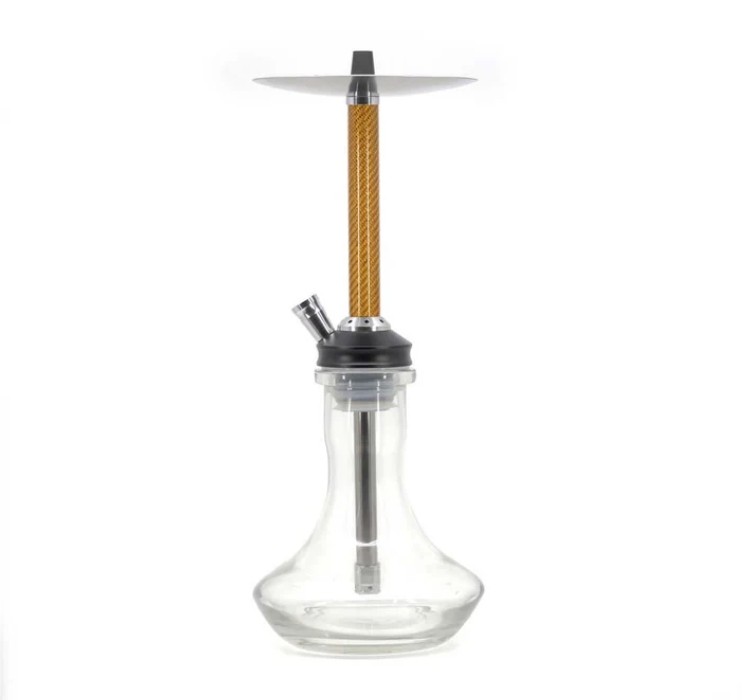



Product Item:AL-CA1
Aluminum Hookah
Hookah Wholesale
High quality
| Item No. | AL-CA1 |
|---|---|
| Height | About 40m |
| Color Camo | |
| Weight | About 500g |
| Packing6 | pcs/ctn (Can be packed as required) |
| Shipment | By sea,express(DHL,Fedex,UPS and so on) or air |
| Payment | Trade Assurance,Paypal,Western Union and T/T |
| Produce Time | 5-20days (If the order is small, it can be shipped soon) |
| Delivery time | 10-30days |
| Customizable | OEM ODM |
Hookah carbon, commonly known as hookah charcoal, is an essential element in the hookah smoking experience. It acts as the heat source that warms the shisha tobacco, producing the smoke that users inhale through a water pipe. Typically made from natural materials such as hardwood, coconut shells, or fruitwood, the raw materials are carbonized and formed into small briquettes or cubes. These charcoals are placed on top of a foil sheet or a heat management device that covers the tobacco bowl, and when ignited, they provide the consistent heat needed to vaporize the tobacco and generate smoke.
There are two main types of hookah charcoal available:
A hybrid option, known as silver hookah charcoal, combines some benefits of both, providing easier lighting with reduced odor and flavor interference.
While hookah smoking is a popular pastime, the use of hookah carbon introduces significant health risks, primarily due to the production of carbon monoxide (CO). This colorless, odorless gas is released as the charcoal burns and can accumulate to dangerous levels, especially in poorly ventilated spaces. Research indicates that a single hookah session can expose users to up to nine times more carbon monoxide than smoking a cigarette, potentially leading to symptoms like headaches, dizziness, or even severe poisoning in extreme cases. Beyond CO, the burning charcoal also releases other harmful substances, including heavy metals and carcinogens, which contribute to long-term risks such as cancer and respiratory issues.
Hookah smoking has deep cultural roots, particularly in the Middle East and North Africa, where it has been a social tradition for centuries. Today, it remains a popular activity worldwide, often enjoyed in groups at cafes, lounges, or homes. Despite its communal appeal, the health risks tied to hookah carbon underscore the need for caution.
Hookah carbon is indispensable for the hookah experience, enabling the tobacco to produce its distinctive smoke. However, its use comes with notable dangers, particularly from carbon monoxide exposure and other toxins. Whether opting for quick-lighting or natural charcoal, users should prioritize ventilation and moderation to mitigate risks while appreciating the cultural practice. Awareness of both its role and its hazards ensures a more informed approach to hookah smoking.